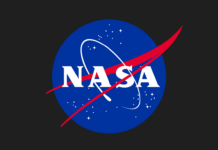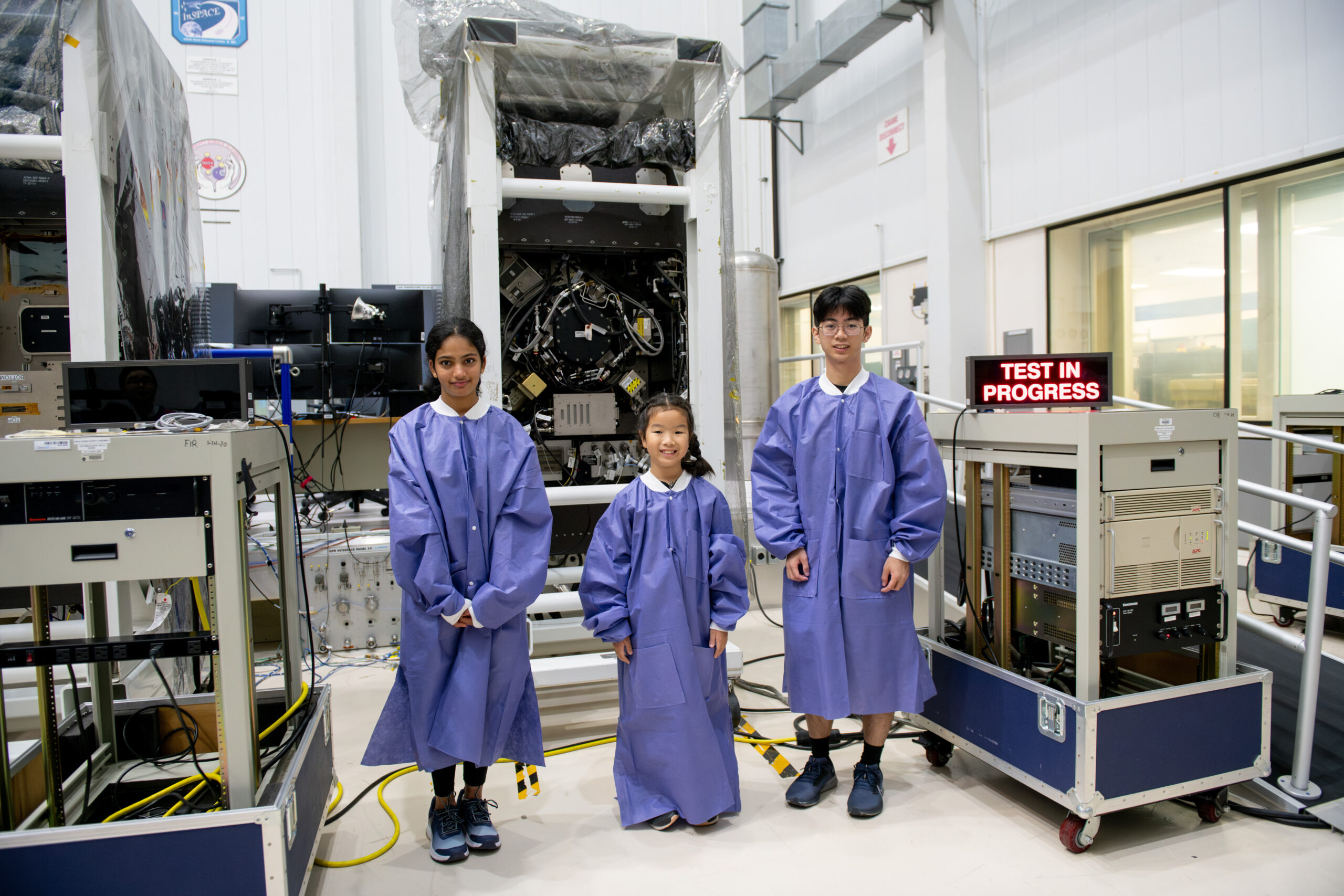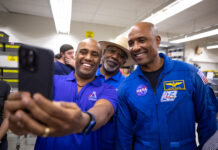NASA Launches the Fourth Annual Power to Explore Student Challenge
On November 7, 2024, NASA kicked off its fourth annual Power to Explore Student Challenge, an exciting opportunity for young minds across the United States. This challenge, focusing on science, technology, engineering, and mathematics (STEM), invites students from kindergarten through 12th grade to delve into the fascinating world of radioisotope power systems. These unique systems, often described as a type of nuclear battery, are pivotal to many of NASA’s ambitious space missions, especially those venturing into the farthest reaches of our solar system.
An Invitation to Young Explorers
The challenge encourages students to unleash their creativity by writing an essay about a new mission powered by nuclear energy to any moon within our solar system. This task not only stimulates their imaginations but also allows them to explore the potential of radioisotope power systems, which are crucial for missions targeting moons with harsh environmental conditions. The deadline for submitting these essays is January 31, 2025.
Harnessing Power in Extreme Environments
Many moons in our solar system, including Earth’s own Moon, are characterized by extremely cold temperatures, prolonged periods of darkness, and craters that never receive sunlight. These conditions present significant challenges for space exploration. However, radioisotope power systems have proven indispensable in overcoming such obstacles. These systems have powered NASA’s spacecraft through some of the most inhospitable, dimly lit, and dust-covered areas of our solar system, enabling them to conduct detailed studies of numerous moons.
Nicola Fox, the Associate Administrator of the Science Mission Directorate at NASA Headquarters in Washington, emphasized the significance of this challenge. She stated, "Sending spacecraft into space is hard, and it’s even harder sending them to the extreme environments surrounding the diverse moons in our solar system. NASA’s Power to Explore Student Challenge provides the incredible opportunity for our next generation – our future explorers – to design their own daring missions using science, technology, engineering, and mathematics to explore space and discover new science for the benefit of all, while also revealing incredible creative power within themselves. We cannot wait to see what the students dream up!"
Crafting a Vision for Exploration
Participants in the challenge are tasked with detailing their chosen mission destination, the objectives of their mission, and how they would utilize radioisotope power systems to achieve success. The essays are expected to be engaging and informative, providing a vision of exploration that is not only feasible but also imaginative.
Submissions will be categorized into three grade-level groups: K-4, 5-8, and 9-12. Each entry is limited to 275 words, requiring students to be concise yet thorough in their descriptions. The essays should cover the mission’s destination, goals, and highlight one of the student’s unique abilities that would contribute to the mission’s success.
Exciting Rewards for Winning Entries
The competition offers enticing rewards for the most outstanding essays. One grand prize winner from each grade category will be awarded a trip for two to NASA’s Glenn Research Center in Cleveland. This trip will provide a unique opportunity to learn about the people and cutting-edge technologies that make NASA’s missions possible. Additionally, every student who submits an entry will receive a digital certificate and an invitation to a virtual event with NASA experts, where they can learn more about what drives NASA’s workforce to pursue their dreams and explore the cosmos.
Judges Needed: A Call for Volunteers
To ensure the success of this challenge, NASA and Future Engineers are seeking volunteers to help judge the anticipated thousands of entries from across the country. U.S. residents over the age of 18 who are interested in volunteering approximately three hours of their time to review submissions are encouraged to register as judges on the Future Engineers website.
Behind the Scenes: Organizers and Sponsors
The Power to Explore Student Challenge is funded by the NASA Science Mission Directorate’s Radioisotope Power Systems Program Office. It is managed and administered by Future Engineers, under the guidance of the NASA Tournament Lab. This lab is a part of the Prizes, Challenges, and Crowdsourcing Program within NASA’s Space Technology Mission Directorate.
Learn More and Get Involved
For those interested in learning more about this exciting challenge, additional information can be found on NASA’s dedicated page for the Power to Explore Student Challenge. This initiative not only aims to inspire the next generation of explorers but also seeks to educate them about the critical role of nuclear power in space exploration.
The Power to Explore Student Challenge represents a remarkable opportunity for students to engage with cutting-edge science and technology while nurturing their creativity and problem-solving skills. As they imagine new missions to the moons of our solar system, they are also contributing to a broader understanding of how we can utilize advanced technologies to push the boundaries of exploration.
For more details, visit NASA’s Power to Explore.
This initiative is a testament to NASA’s commitment to inspiring future generations and fostering an interest in STEM fields. By encouraging students to dream big and think creatively, NASA is not only shaping the explorers of tomorrow but also paving the way for groundbreaking discoveries that could benefit all of humanity.
For more Information, Refer to this article.






























